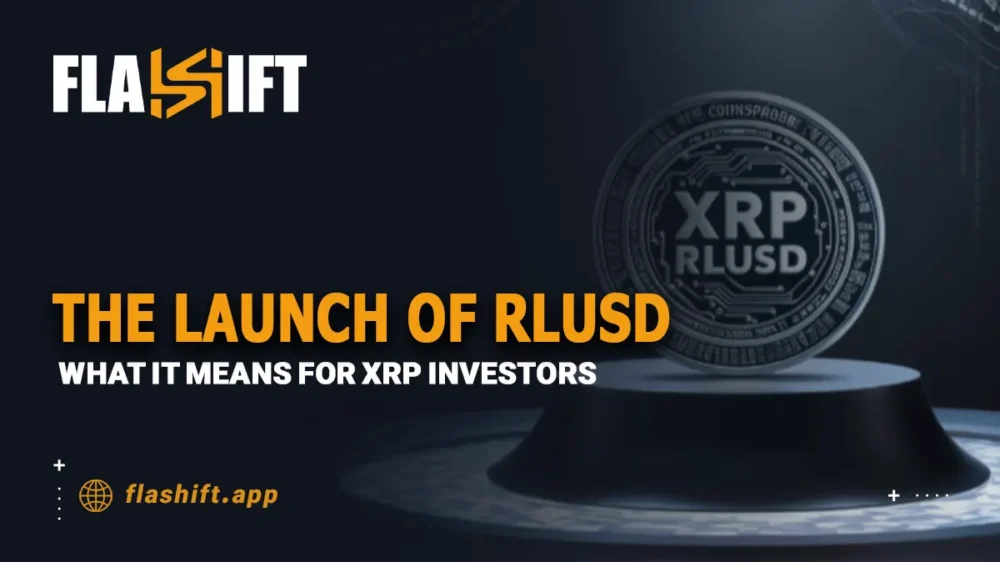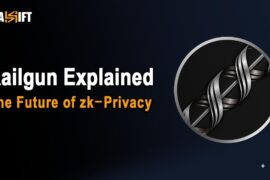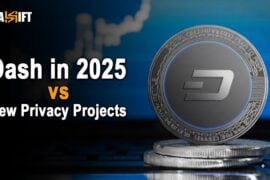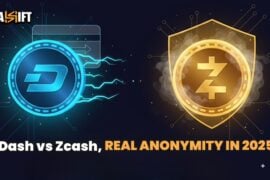- Background on Ripple and XRP
- The Lunch of RLUSD
- Ripple’s Stablecoin Strategy: Bridging Legacy Finance and Blockchain
- Implications for XRP Value: Impact of RLUSD Launch
- RLUSD’s Market Impact: A Challenger in the Stablecoin Arena
- Regulatory Considerations: Insights into RLUSD Approval
- Expert Opinions on RLUSD’s Impact
- FAQ
The Launch of RLUSD | The ever-changing landscape of cryptocurrency has seen another pivotal moment with Ripple’s introduction of RLUSD, a U.S. dollar-backed stablecoin. RLUSD is designed to offer stability and regulatory transparency, poised to enhance Ripple’s ecosystem and appeal to both institutional and retail investors. For investors in XRP, this development raises questions about how RLUSD (Understanding RLUSD) will affect the value, utility, and competitive positioning of XRP within the Ripple network.
But beyond XRP, the release of RLUSD is a pivot toward more compliant and secure stablecoin solutions that could set new standards for the cryptocurrency market. As the market adjusts to this development, the implications for liquidity, cross-border payments, and DeFi might be what shapes the future of digital assets. This article explores what RLUSD means for XRP investors and the more significant crypto market, delving into its potential to influence adoption, competition, and experts’ opinions.
Background on Ripple and XRP
Ripple Labs
Ripple Labs was founded in 2012 by Chris Larsen and Jed McCaleb as OpenCoin. In 2013, it rebranded as Ripple Labs and further simplified the name to Ripple. It’s headquartered in San Francisco. Its mission is to enable frictionless cross-border financial transactions powered by blockchain.
Development of XRP
XRP is a digital asset developed by Ripple that aligns with its vision to revolutionize the financial world. Unlike Bitcoin, which relies on a decentralized proof-of-work system, XRP draws its functionality from the XRP Ledger, a decentralized blockchain by Ripple Labs. Designed for speed and low-cost transactions, the XRPL became apt for cross-border remittances and settlements.
XRP is distinct in its structure:
- Pre-Mined Supply: All 100 billion XRP tokens were created at inception, with Ripple holding a significant portion to fund operations and strategic partnerships.
- Consensus Mechanism: XRPL uses a unique consensus protocol instead of traditional mining, enabling quicker transaction processing and lower energy consumption.
Key Milestones
- 2012-2014: Ripple focused on establishing its platform and gaining industry recognition. It partnered with financial institutions and developed RippleNet, a network for global payments.
- 2015-2017: Ripple’s adoption grew as banks and payment providers experimented with its technology. XRP gained traction as a bridge currency in cross-border transactions.
- 2018-Present: Ripple faced legal challenges, including a high-profile lawsuit filed by the U.S. SEC in December 2020, alleging that XRP was sold as an unregistered security. Despite this, Ripple continued to expand its global partnerships and promote the utility of XRP.
Ripple’s Ecosystem
The full capability of RippleNet, again empowered through both the XRPL and XRP, means financial institutions can achieve same-day settlement and extremely low fees. XRP often acts like a bridging currency that instantaneously enables liquidity for and between fiat currencies. XRPL has also become a case for several decentralized applications (dApps) and more beyond simple payments.
Ripple and XRP remain forces to be reckoned with in the blockchain and cryptocurrency spaces. They are known for solving real-life financial problems.
To exchange Tether to XRP in one second, Flashift is the easiest way
The Lunch of RLUSD
On December 17, 2024, Ripple Labs launched its US dollar-pegged stablecoin, RLUSD. This fully collateralized stablecoin has US dollar deposits, US government bonds, and cash equivalents intended to guarantee stability and liquidity.
Since its launch, RLUSD has been listed on leading global digital asset exchanges such as Uphold, Bitso, MoonPay, Archax, and CoinMENA. According to Ripple, RLUSD will be available on other exchanges, including Bullish, Bitstamp, Mercado Bitcoin, Independent Reserve, and Zero Hash.
RLUSD’s creation follows Ripple’s plan to develop added value to the utility of the XRP Ledger: creating a stable, fiat-backed digital asset that is transactional. This puts Ripple directly into competition in creating a stablecoin market, a reliable means of competition with other options like Tether USDT.
With the announcement, Ripple appointed Kenneth Montgomery, the former First Vice President and Chief Operating Officer of the Federal Reserve Bank of Boston, to the RLUSD advisory board. Montgomery is supposed to provide his knowledge of regulatory, financial, and operational guidance to support Stablecoin’s path into the mainstream financial ecosystem.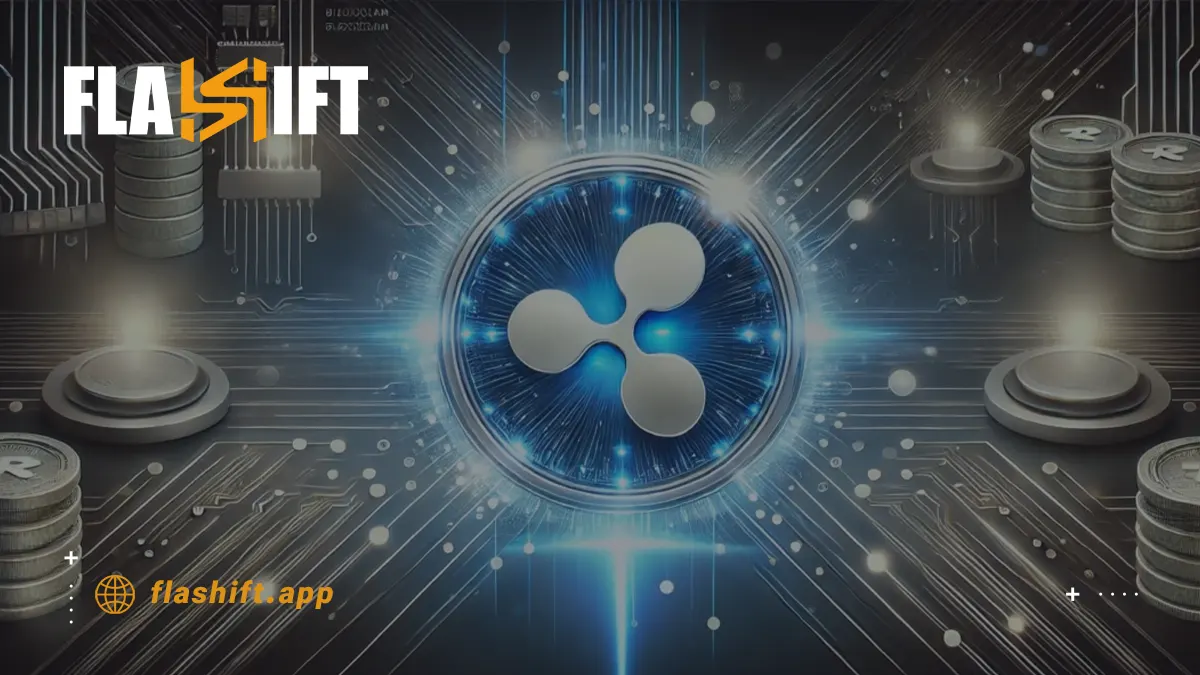
Ripple’s Stablecoin Strategy: Bridging Legacy Finance and Blockchain
The launch of RLUSD represents a transformative step for Ripple that goes beyond introducing another stablecoin into the cryptocurrency market. This initiative underscores Ripple’s strategy to merge traditional financial systems with blockchain technology, ensuring accessibility and reliability. With regulatory approval from the New York Department of Financial Services (NYDFS), RLUSD offers institutional-grade compliance, increasing the stablecoin’s appeal to enterprises and government entities hesitant to adopt blockchain due to regulatory uncertainties. Backed by U.S. Treasuries, bank deposits, and cash equivalents, RLUSD provides unparalleled stability, positioning itself as a dependable financial tool for cross-border liquidity, corporate treasury needs, and digital payments. This move reinforces Ripple’s mission to modernize global finance by leveraging innovative blockchain solutions while complying with stringent legal standards.
Implications for XRP Value: Impact of RLUSD Launch
The introduction of RLUSD, Ripple’s USD-backed stablecoin, has the potential to influence XRP’s market performance in several ways. Below is an analysis of the key implications:
- Strengthened Ecosystem
- RLUSD enhances the utility of the XRP Ledger (XRPL) by providing a stable asset for transactions and liquidity.
- Increased adoption of RLUSD for cross-border payments, settlements, or decentralized finance (DeFi) applications may attract more users to the XRPL.
- As RLUSD adoption grows, it could indirectly boost demand for XRP, mainly when XRP is used as a bridge currency alongside RLUSD.
- Competitive Position in the Stablecoin Market
- Ripple’s entry into the stablecoin sector positions it against incumbents like Tether (USDT) and USD Coin (USDC).
- If RLUSD becomes widely adopted, Ripple’s overall ecosystem could see higher activity, creating positive sentiment for XRP among investors.
- Enhanced Liquidity
- RLUSD can facilitate liquidity for XRP trading pairs, particularly in markets with limited fiat liquidity.
- RLUSD might encourage traders and institutions to hold or transact with XRP by reducing volatility and offering seamless fiat integration.
- Regulatory Confidence
- RLUSD is fully backed by fiat reserves and designed with regulatory compliance in mind, potentially enhancing the credibility of Ripple’s ecosystem.
- Improved regulatory clarity for RLUSD might spill over into XRP, positively impacting its perception and market performance.
- Risk of Market Segmentation
- RLUSD may compete with XRP for specific use cases, such as cross-border transactions, which could dilute XRP’s role as a bridge asset.
- If users prioritize RLUSD over XRP, this could limit XRP’s growth in specific areas, potentially stabilizing but not significantly increasing its value.
- Market Sentiment
- Ripple’s technological advancements and new products, like RLUSD, generate positive sentiment for XRP.
- A successful launch and adoption of RLUSD may catalyze speculative investments in XRP, driving short-term price increases.
In Conclusion
The introduction of RLUSD will likely strengthen the XRP ecosystem, offering new opportunities for liquidity and adoption. However, its ultimate impact on XRP’s value will depend on market reception, regulatory developments, and the balance between complementary and competitive use cases for RLUSD and XRP.
RLUSD’s Market Impact: A Challenger in the Stablecoin Arena
Ripple’s introduction of RLUSD marks a strategic entry into the highly competitive stablecoin market, challenging leading players such as Tether (USDT) and USD Coin (USDC). Ripple differentiates RLUSD by emphasizing regulatory transparency and compliance, which are becoming increasingly critical as governments and regulators scrutinize digital assets more closely. Linked to the XRP Ledger (XRPL), RLUSD benefits from an ecosystem where XRP’s functionality as a bridge currency and RLUSD’s stability work hand-in-hand to boost liquidity and adoption. Ripple strengthens the appeal of decentralized finance (DeFi) applications and cross-border transaction systems by offering a compliant and reliable stable asset within its blockchain. Moreover, RLUSD’s introduction is seen by financial experts as a catalyst that could encourage broader experimentation by financial institutions and even central banks looking to implement blockchain-backed assets for mainstream use. With Ripple’s robust regulatory backing and strategic partnerships driving adoption, RLUSD is poised to reshape the stablecoin landscape and affirm Ripple’s leadership in blockchain innovation.
Regulatory Considerations: Insights into RLUSD Approval
The regulatory approval of RLUSD signifies Ripple’s commitment to compliance and its strategic positioning within the global financial ecosystem. The following details provide insights into the regulatory approval process and its broader significance.
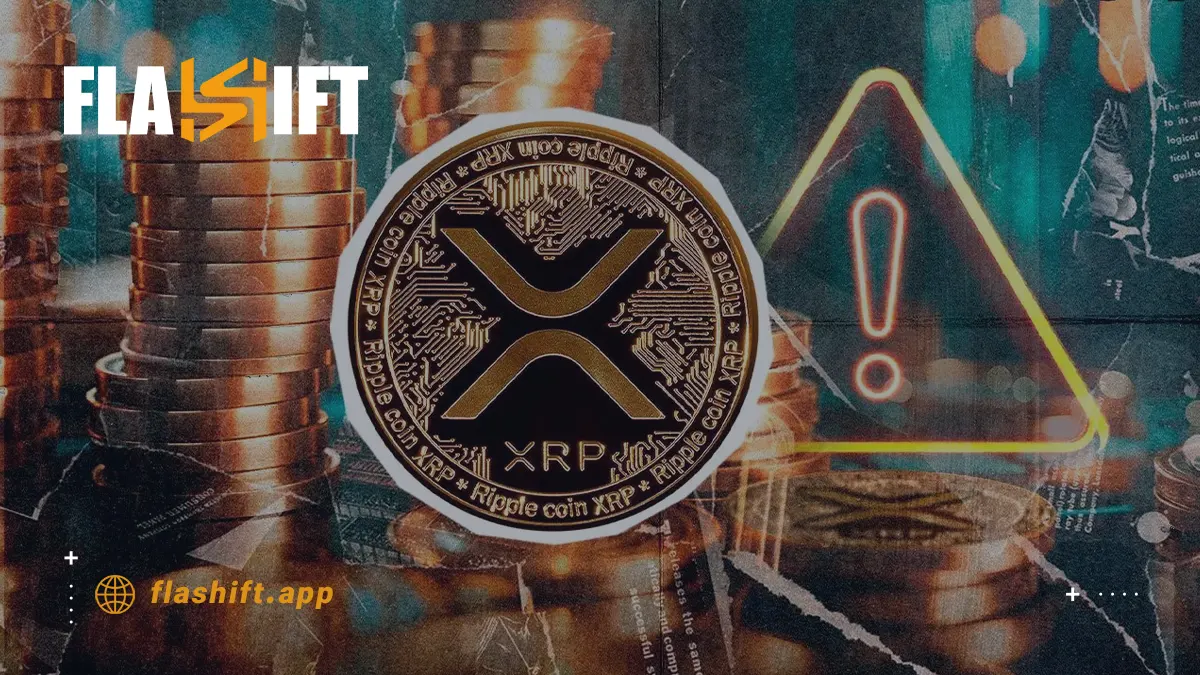
Key Regulatory Insights
- Reserve Transparency: RLUSD is fully backed by fiat assets (U.S. dollar deposits, U.S. government bonds, and cash equivalents), with regular third-party audits ensuring transparency and compliance.
- Global Licensing: Ripple obtained necessary money transmitter licenses and regulatory clearances in multiple jurisdictions for RLUSD’s operation.
- AML/KYC Standards: The stablecoin integrates robust anti-money laundering (AML) and know-your-customer (KYC) mechanisms, adhering to financial crime prevention requirements.
- Regulatory Engagement: Ripple’s proactive communication with regulators demonstrates its efforts to foster trust and legitimacy in stablecoin markets.
Significance of RLUSD Approval
- Strengthened Market Trust: Regulatory approval bolsters confidence among institutional and retail users, enhancing RLUSD’s adoption.
- Facilitation of Cross-Border Payments: Compliance ensures RLUSD can be used for seamless and lawful international transactions, supporting Ripple’s mission.
- Competitive Edge: Regulatory clarity offers Ripple an advantage over competitors facing compliance uncertainties.
- Broader Ecosystem Integration: RLUSD sets a precedent for integrating stablecoins into regulated financial systems.
Comparison of RLUSD’s Regulatory Attributes
| Feature | Details | Significance |
| Backing Assets | USD deposits, government bonds, cash equivalents | Ensures stability and compliance with reserve requirements. |
| Audit Transparency | Regular third-party audits | Builds user and institutional trust. |
| Licensing and Compliance | Money transmitter licenses in key markets | Legitimizes operations across jurisdictions. |
| AML/KYC Standards | Integrated into all transactions | Prevents misuse and ensures adherence to global norms. |
| Regulatory Cooperation | Engagement with key financial regulators | Enhances credibility and market acceptance. |
Ripple’s meticulous approach to securing regulatory approval for RLUSD strengthens its stablecoin offering and reinforces its broader efforts to innovate responsibly within the financial ecosystem.
Read More: What are the advantages and disadvantages of investing in cryptocurrencies?
Expert Opinions on RLUSD’s Impact
Ripple’s launch of RLUSD, a fully fiat-backed stablecoin, has generated significant discussion among industry analysts. Below are detailed insights into how experts perceive RLUSD’s impact on the cryptocurrency ecosystem:
-
Strengthening Ripple’s Ecosystem
RLUSD is a critical addition to Ripple’s blockchain ecosystem, complementing existing tools and enhancing functionality on the XRP Ledger (XRPL).
- Analyst Perspective:
- “RLUSD introduces a stable, fiat-backed asset to Ripple’s ecosystem, reducing volatility and making the XRPL more attractive for institutional users. It can be a critical tool for seamless cross-border payments and liquidity management.”
— Angela Wong, Blockchain Research Analyst
- “RLUSD introduces a stable, fiat-backed asset to Ripple’s ecosystem, reducing volatility and making the XRPL more attractive for institutional users. It can be a critical tool for seamless cross-border payments and liquidity management.”
- Implication: By providing a stable asset, RLUSD may drive higher adoption of Ripple’s infrastructure among banks, payment providers, and decentralized finance (DeFi) developers.
-
Competitive Position in the Stablecoin Market
RLUSD’s entry challenges dominant players like Tether (USDT) and USD Coin (USDC), aiming to set new standards in transparency and compliance.
- Analyst Perspective:
- “Ripple’s focus on regulatory compliance and audited reserves for RLUSD gives it a competitive advantage in markets increasingly scrutinizing stablecoins. RLUSD could capture institutional interest where regulatory clarity is paramount.”
— Mark Duvall, Financial Technology Analyst
- “Ripple’s focus on regulatory compliance and audited reserves for RLUSD gives it a competitive advantage in markets increasingly scrutinizing stablecoins. RLUSD could capture institutional interest where regulatory clarity is paramount.”
- Implication: RLUSD could attract users seeking stablecoins with transparent backing, potentially reshaping competition in the stablecoin sector.
-
Boosting Cross-Border Payment Solutions
RLUSD aligns closely with Ripple’s goal of revolutionizing cross-border payments, where stability and speed are critical.
- Analyst Perspective:
- “RLUSD enhances Ripple’s ability to provide cost-effective cross-border payment solutions. With XRP’s bridge currency capabilities, it creates a robust ecosystem for real-time settlement.”
— Samantha Lee, Crypto Payment Specialist
- “RLUSD enhances Ripple’s ability to provide cost-effective cross-border payment solutions. With XRP’s bridge currency capabilities, it creates a robust ecosystem for real-time settlement.”
- Implication: This dual asset strategy may help Ripple capture a larger share of the remittance and international payment markets.

-
Regulatory Implications
RLUSD emphasizes compliance and transparency, addressing a growing demand for regulation in the crypto space.
- Analyst Perspective:
- “RLUSD sets a new benchmark for stablecoin regulation, providing a model for integrating stablecoins into traditional financial systems. This could push competitors toward similar transparency standards.”
— Gregory Allen, Regulatory Affairs Consultant
- “RLUSD sets a new benchmark for stablecoin regulation, providing a model for integrating stablecoins into traditional financial systems. This could push competitors toward similar transparency standards.”
- Implication: By meeting stringent regulatory requirements, RLUSD might gain favor among governments and financial institutions, fostering broader crypto adoption.
-
Indirect Impact on XRP
RLUSD may influence the role of XRP within Ripple’s ecosystem, either complementing or competing with it.
- Analyst Perspective:
- “While RLUSD might compete with XRP for certain use cases, its primary role as a stable asset could amplify XRP’s utility as a bridge currency. This synergy may ultimately strengthen Ripple’s overall ecosystem.”
— Jonathan Cruz, Crypto Market Strategist
- “While RLUSD might compete with XRP for certain use cases, its primary role as a stable asset could amplify XRP’s utility as a bridge currency. This synergy may ultimately strengthen Ripple’s overall ecosystem.”
- Implication: The interplay between RLUSD and XRP could reshape how both assets are used, with the potential for mutual reinforcement in specific applications.
-
Broader Implications for the Crypto Ecosystem
RLUSD may have ripple effects across the broader crypto landscape, influencing stablecoin adoption and blockchain development.
- Analyst Perspective:
- “Ripple’s foray into the stablecoin space with RLUSD signals a maturing market, where stable assets play a pivotal role in bridging traditional finance and blockchain technology. This could accelerate the adoption of digital assets by risk-averse users.”
— Elena Martinez, Crypto Economist
- “Ripple’s foray into the stablecoin space with RLUSD signals a maturing market, where stable assets play a pivotal role in bridging traditional finance and blockchain technology. This could accelerate the adoption of digital assets by risk-averse users.”
- Implication: RLUSD could contribute to a shift toward more stable, regulatory-compliant solutions, driving innovation across the industry.
Conclusion
Experts generally view RLUSD as a transformative addition to Ripple’s offerings. It has the potential to enhance cross-border payment solutions, drive stablecoin market competition, and influence regulatory frameworks. Its broader success will depend on adoption rates, integration with XRP, and Ripple’s ability to navigate evolving market dynamics.
FAQ
- What is RLUSD?
RLUSD is Ripple’s U.S. dollar-backed stablecoin, fully backed by USD deposits, government bonds, and cash equivalents, designed for stability and fast transactions on the XRP Ledger (XRPL).
- How does RLUSD differ from other stablecoins?
RLUSD focuses on regulatory compliance, transparency, and regular audits, making it a reliable option for institutional and retail users compared to competitors like USDT or USDC.
- Where is RLUSD available?
At launch, RLUSD was available on platforms such as Uphold, Bitso, MoonPay, Archax, and CoinMENA, and plans are to expand to additional exchanges like Bitstamp and Bullish.
- How does RLUSD impact Ripple’s ecosystem?
RLUSD enhances Ripple’s ecosystem by providing a stable asset for cross-border payments, liquidity management, and decentralized finance (DeFi) applications.
- Is RLUSD regulated?
RLUSD complies with global regulatory standards, including anti-money laundering (AML) and know-your-customer (KYC) requirements, with regular audits to ensure transparency.


